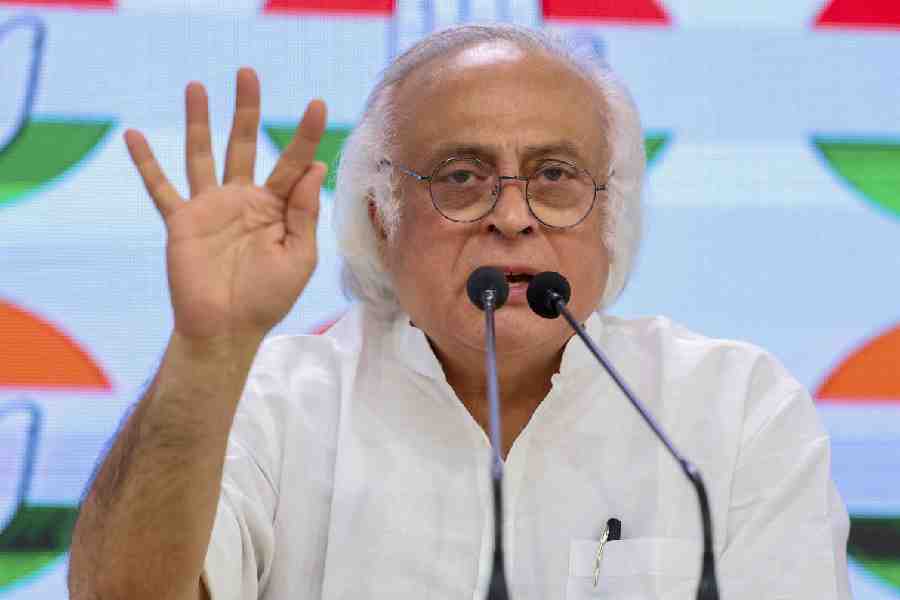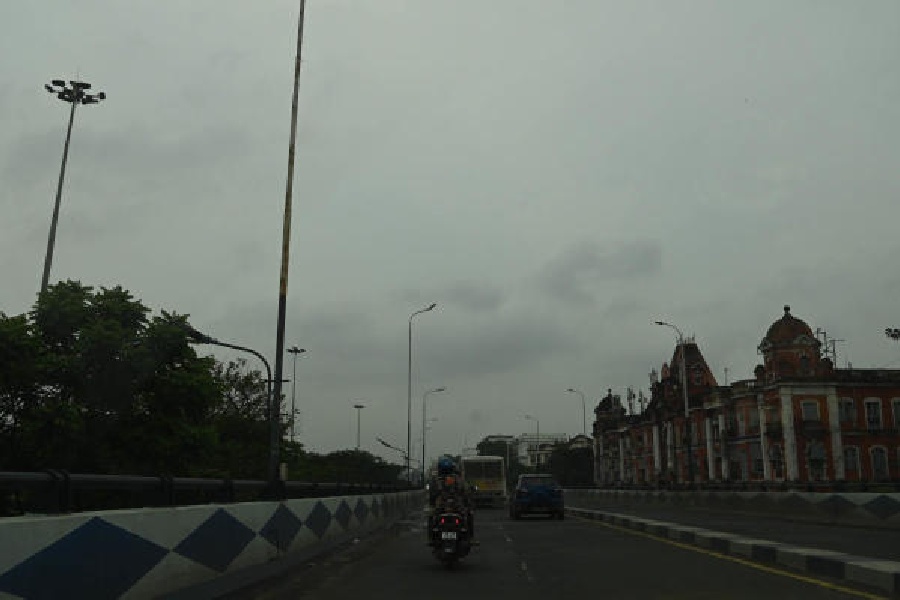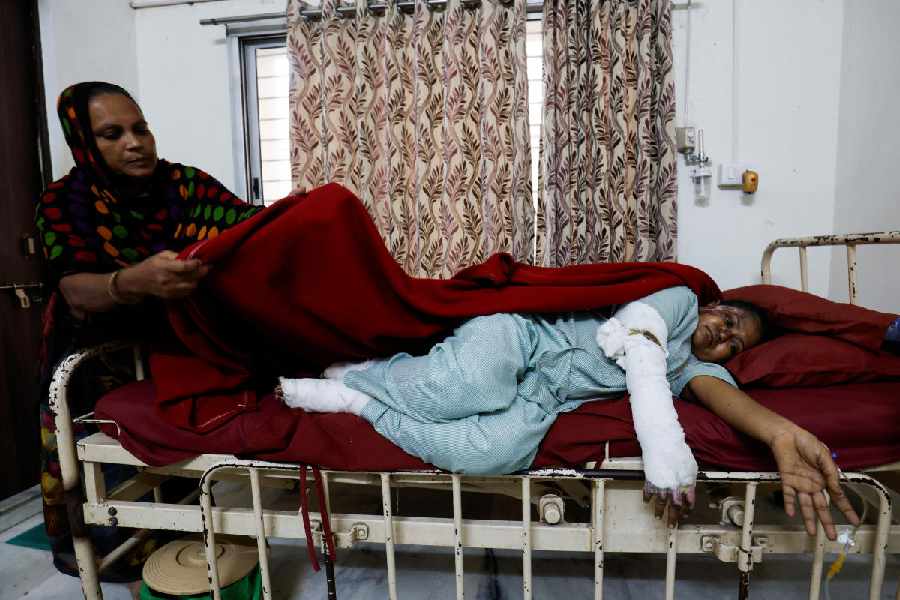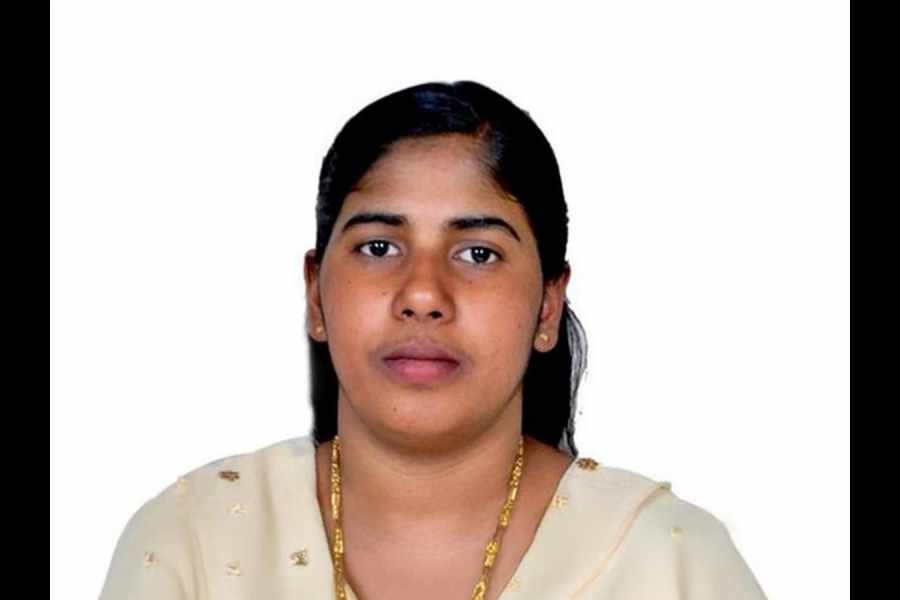 |
| (From left) Samaresh Majumdar, Sudeep Chakravarti and Nabarun Bhattacharya at the launch. Picture by Rashbehari Das |
The chief minister has stated that the problem of Maoism has been ‘imported’ into West Bengal from neighbouring states. I haven’t heard anything which is more preposterous,” said Sudeep Chakravarti, author of Red Sun, published by Penguin India and launched at Crossword, Elgin Road, on Friday. Writer Samaresh Majumdar unveiled the book and participated in a panel discussion with author Nabarun Bhattacharya and Chakravarti.
Not just the chief minister but the compère also bore the brunt of Chakravarti’s jibe. In his introduction, the presenter had described the Maoists, the subject of Red Sun, as a “menace”. Chakravarti was quick to point out that he did not agree with the view. He said his work, far from being a story of a tormenting force, is the tale of a people caught in a crossfire between an indifferent, and often brutal, state and an equally remorseless Opposition.
While interacting with the audience, Chakravarti combined candour with charming civility. Yet, it was evident that he could be scathing, especially when it came to exposing, what he called, the state’s numerous failures in “Naxalite country”. For instance, the administration’s inability to provide basic amenities to the poor in the strife-torn areas as well as its role in creating Salwa Judum — a civilian army of gun-wielding thugs — which kills and extorts money at will. The book, he said, was meant for people like those in the audience so that they, ensconced in their glittering, liberalised urban landscape, could learn about the nation’s impoverished, exploited hinterlands.
Chakravarti stressed that his work was not a historical interpretation of Maoism. Neither did it have any academic pretensions. It is, instead, a first-hand account of his travels through the Red Corridor — from Chhattisgarh to Andhra Pradesh, through Jharkhand, West Bengal and Karnataka. Reading through selected excerpts, Chakravarti told his sparse but spirited audience of his experiences: his meetings with the establishment (security analysts, policemen) and citizens (farmers and tribals) as well as with reclusive Maoists and their ideologues, the beauty of the land and its forests, the ugly violence spawned by the fault lines of a deeply-divided society and the plight of an internally displaced population, prisoners in their own land.
The audience was divided, too, in its reaction to Chakravarti’s views. Some stated that a mere travelogue lacked the theoretical template, which is critical to interpret the Maoist rationale. Others differed, complimenting Chakravarti’s efforts to take the veil off a distant but real universe. An excited, elderly man raised his hand with a closed fist in a mock salute even as he made a point during the animated discussion.
The panellists were unanimous in their fulsome praise for the young author. Red Sun, it was clear, had brought back to them memories of another time. Majumdar reminisced how he had not been able to sleep after reading the Red Book the first time, just as Red Sun had kept him awake a few nights earlier. Bhattacharya was of the opinion that Red Sun is not only a travelogue but a work of rare analytical ability.
Chakravarti, whose debut book was Tin Fish, however, did not promise a sequel to Red Sun. But he did mention that he would try and write in Bangla. After the launch, as the people queued up to get their copies signed, an elderly couple stood discussing how they could not wait to read Chakravarti in their mother tongue.










